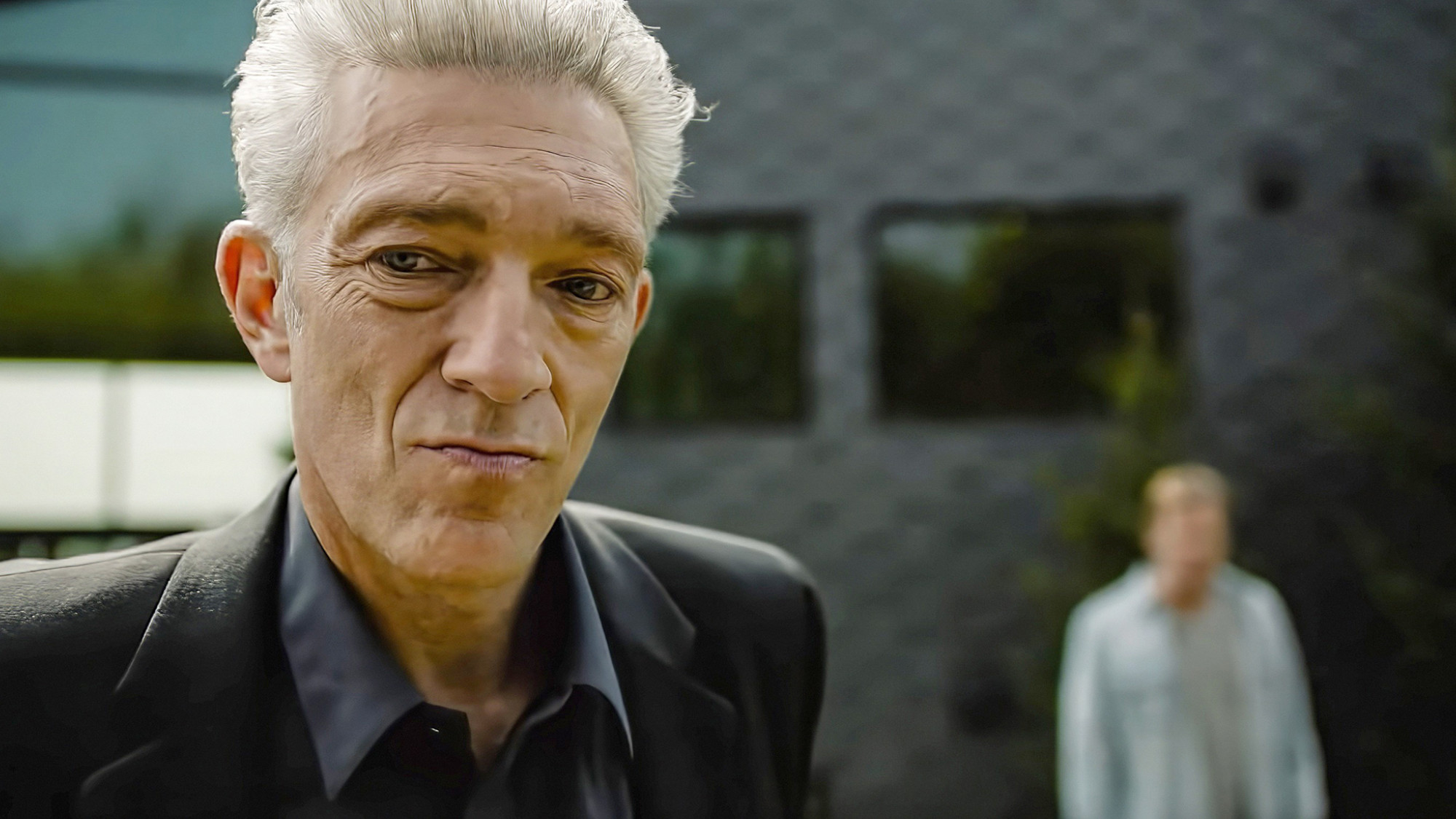Ironic twist: Iconic anti-piracy ad accused of pirating its own font

In an incredibly ironic twist, the font used in the ‘You Wouldn’t Steal A…’ anti-piracy ad may have pirated the font used in the campaign. Before every DVD you bought in the mid-2000s, there were always the anti-piracy ads — equating downloading your copy of Spider-Man 2 to stealing a car or snatching someone’s Nokia 3310 off a countertop (that’s how old these ads are). Today's top videos STORY CONTINUES BELOW However, in a hilarious twist of irony, the font that would theoretically dissuade users from downloading movies illegally was maybe pirated itself. Yes, really. The font that was used is, reportedly FF Confidential, created in 1992 by Just van Rossum. However, internet sleuths on Twitter clone Bluesky found that the font used in the ads may have been XBand Rough, an identical font that was an ‘illegal clone’ of FF Confidential that was decried by Mr van Rossum himself. With that, via the power of the Internet, some Bluesky users found the old website of the campaign, and using a tool called FontForge, found that the files did in fact use XBand Rough; so while you wouldn’t steal a car/handbag/mobile phone, you could in fact steal a font. The ads have been extensively parodied over the years, most notably on the IT Crowd (albeit without the fonts and the music) but incredibly, it was also revealed that the MUSIC may have also been stolen; with the Dutch music royalty collection agency Bruma/Stemra approaching musician Melchior Reitveldt to write some music for the ad; under the condition that it only be used for a film festival in 2006. In an incredibly ironic twist, the font used in the ‘You Wouldn’t Steal A…’ anti-piracy ad may have pirated the font used in the campaign. Pic: YouTube However, one year later when he went to put on a Harry Potter DVD, he heard the music that he composed; being used without his permission. After a five year long legal battle, which included the Bruma/Stemra offering to pay Mr Reitveldt €1million for the song (with the agency keeping one-third of that — no we’re not sure how that would work either), the saga finally ended when the agency were ordered to pay restitution to the artist.



















